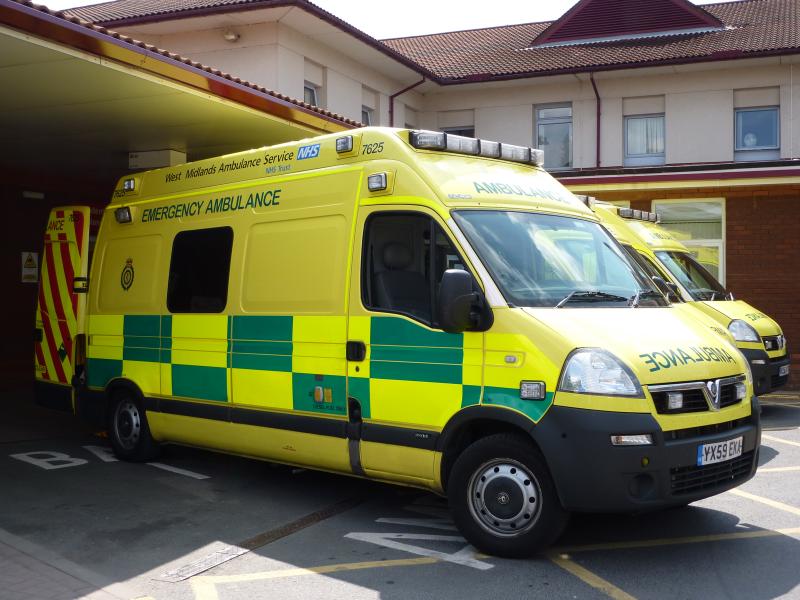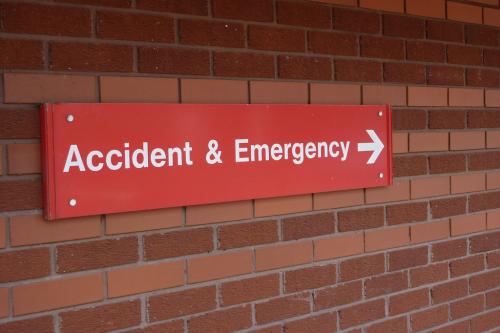The country’s major accident and emergency (A&E) departments are struggling more than ever before to see patients within the government target of four hours – but that is not all bad news.
Our research into why A&E waiting times are at an all-time high has come up with two causes: patients are sicker or more severely injured than those attending A&E in the past and doctors are now more likely to treat complex cases there than admit those patients to a hospital bed.
That means patients with less severe conditions are being treated in more appropriate ways, for example by their GP or local pharmacist, or taking advice from 111. But it also means that the patients who do turn up at A&E departments tend to need more investigations and treatment.
A key message from the large national study, led by the Strategy Unit, is that these trends are likely to continue so hospitals should plan accordingly. Working with the universities of Warwick and Bradford, we looked at more than 20 million attendances at 47 emergency departments across England from April 2010 to March 2015.
Peter Spilsbury, Strategy Unit Director, said: “In contrast to the stable picture of numbers attending major A&E departments that emerges at first glance, our findings suggest big changes in the demands on them and the ways in which their doctors manage their patients’ care. And they go some way to explain why those working in A&E are feeling under so much pressure.
“Those working in and managing A&E departments are to be congratulated; their efforts have avoided many admissions to hospital. But this means more patients are staying longer in A&E. Policy makers may need to review the 4-hour target to take account of this.
“Our findings also suggest that work to divert demand from A&E to other parts of the healthcare system may be paying off. But these arrangements may need to be extended as demand continues to grow.”

